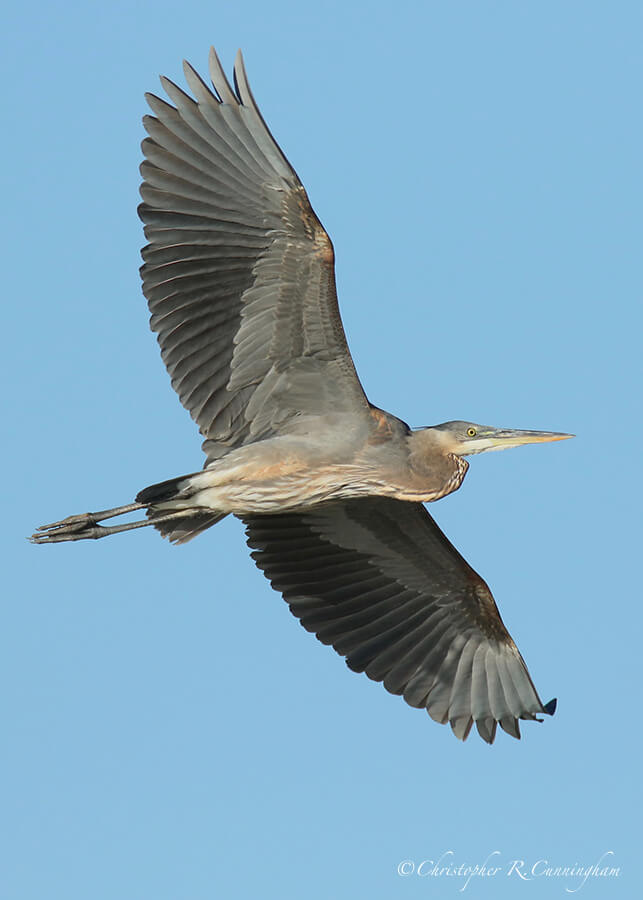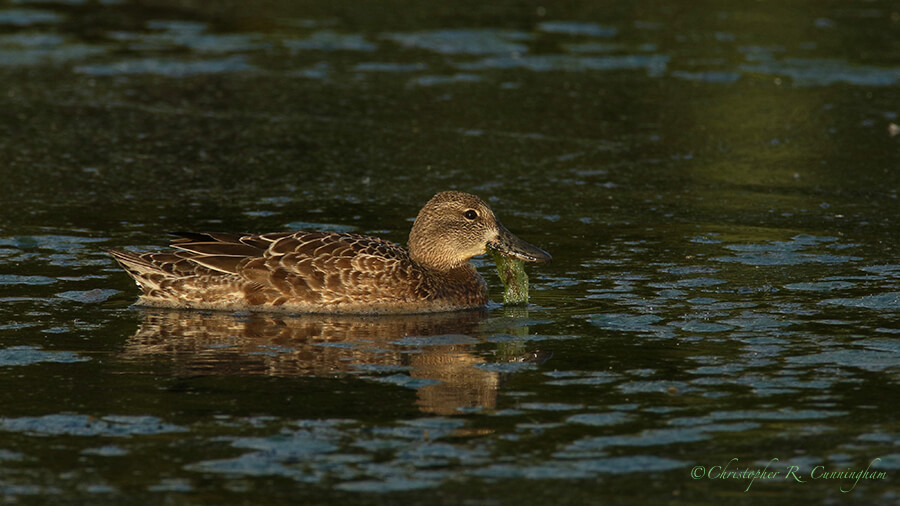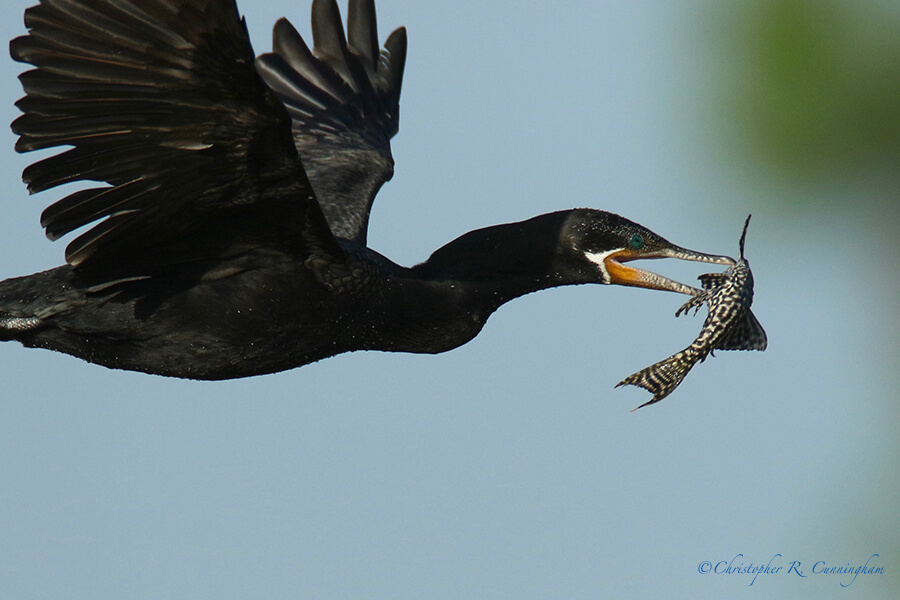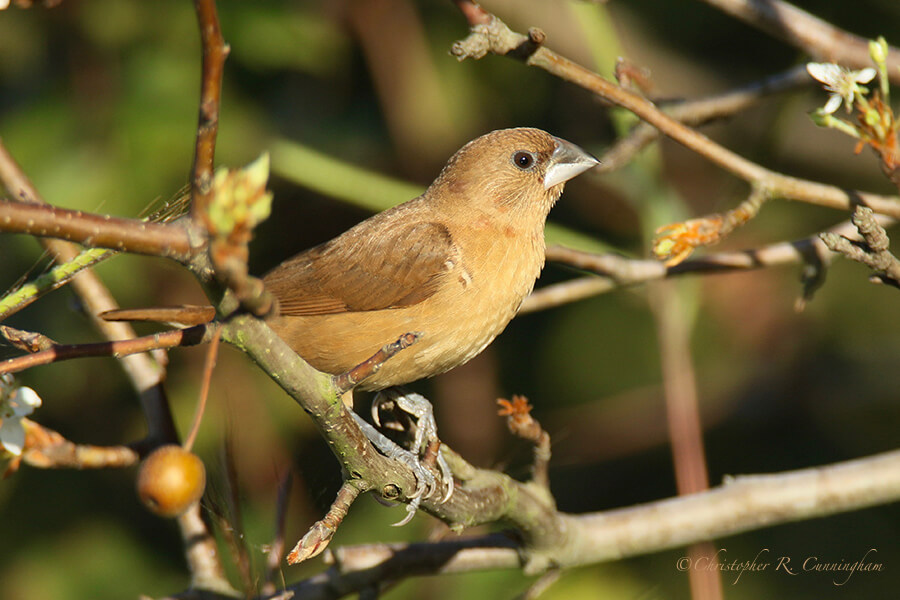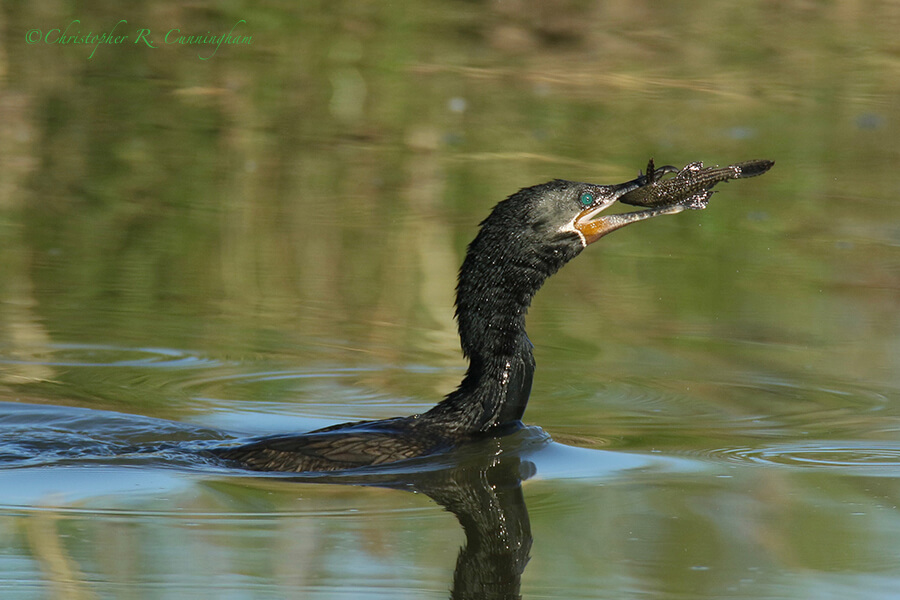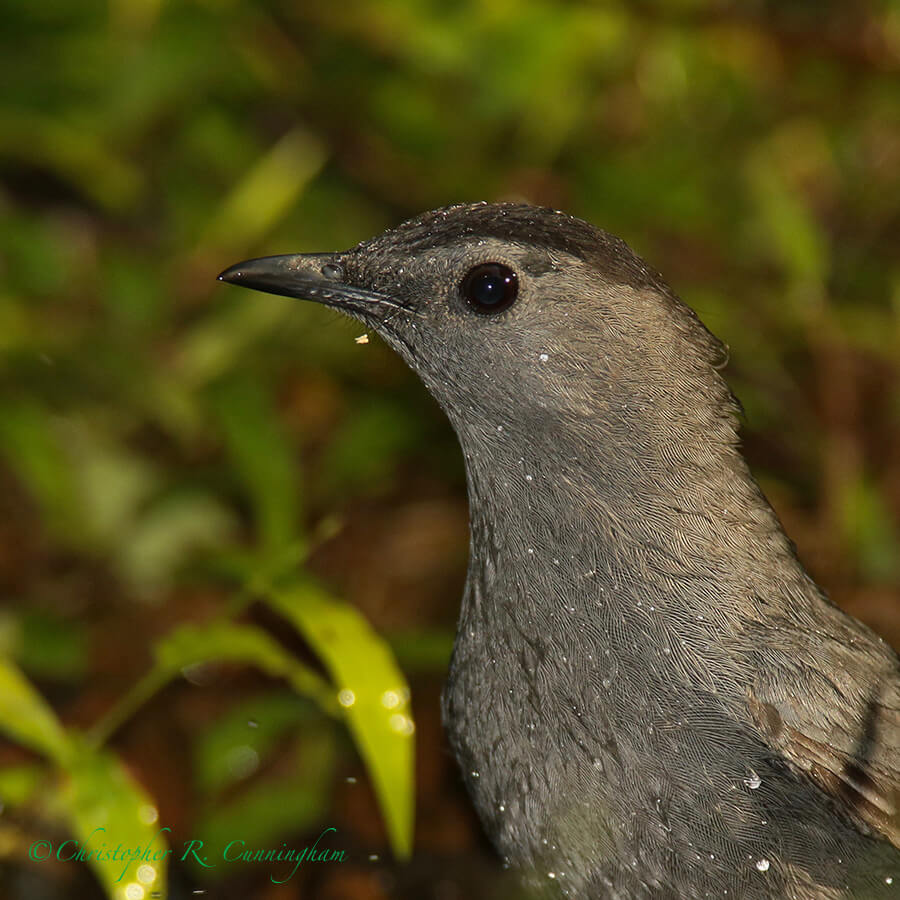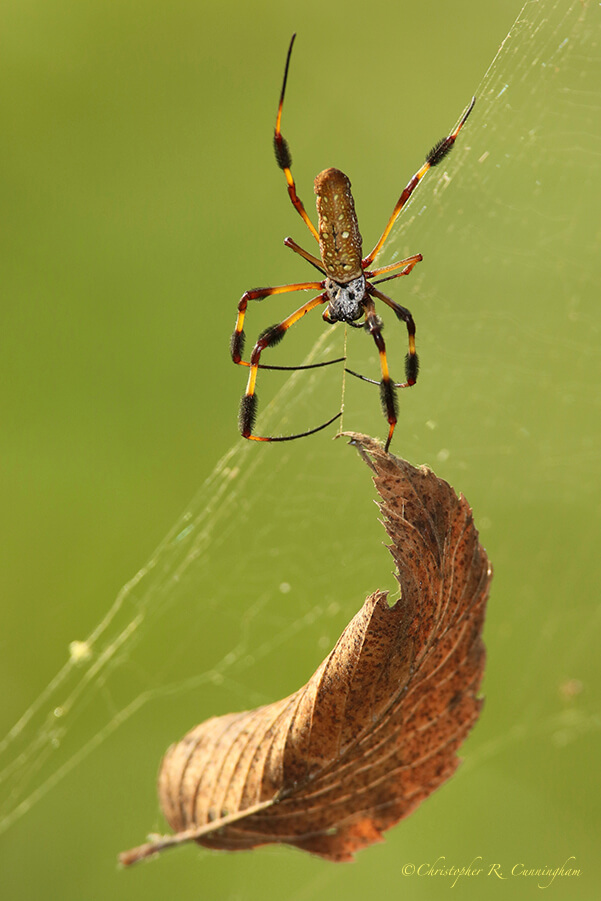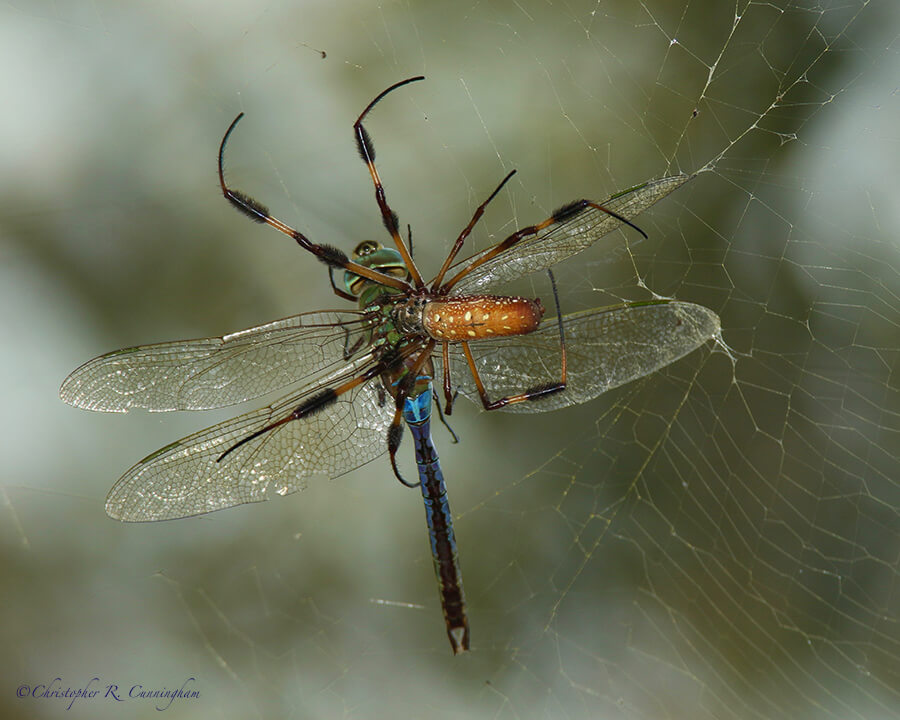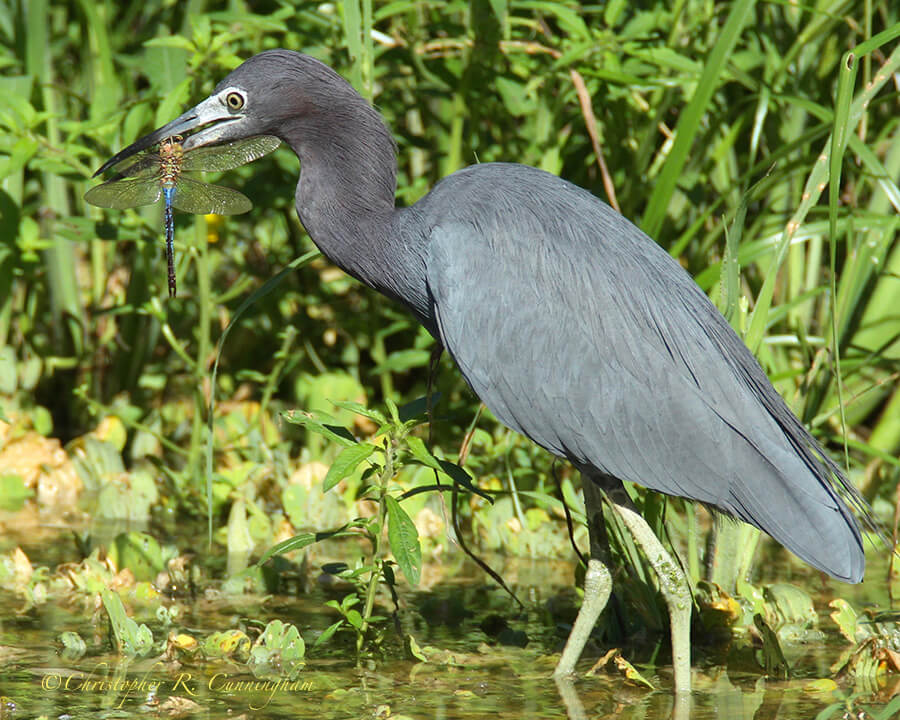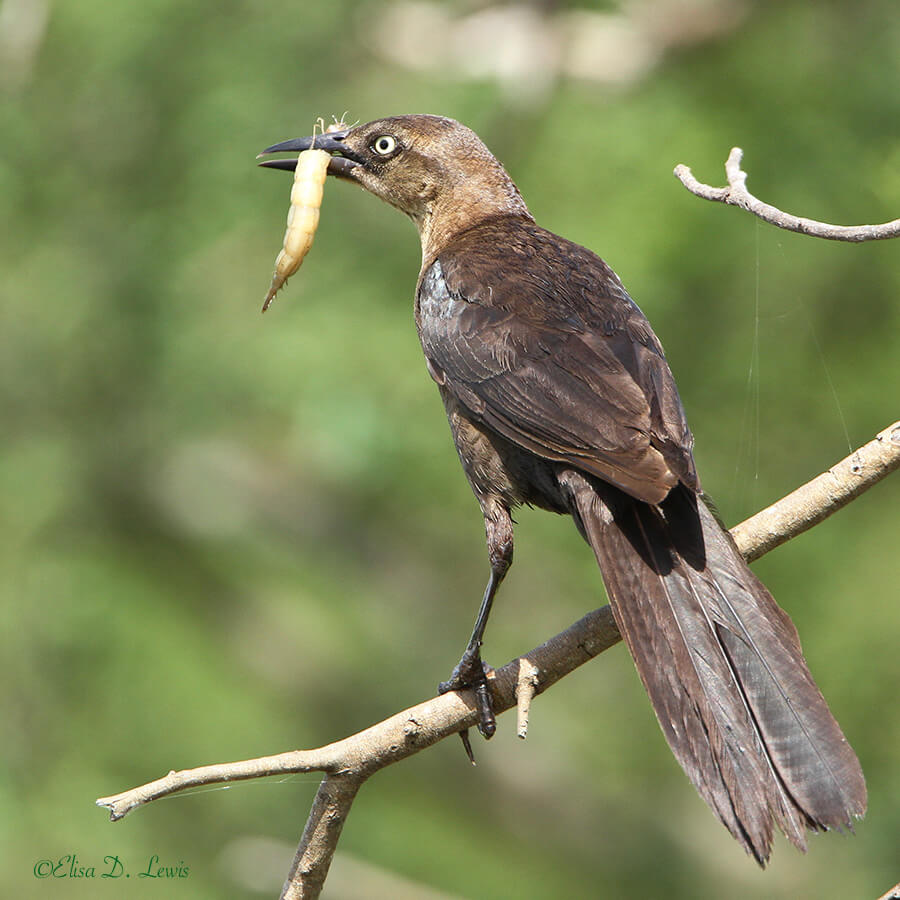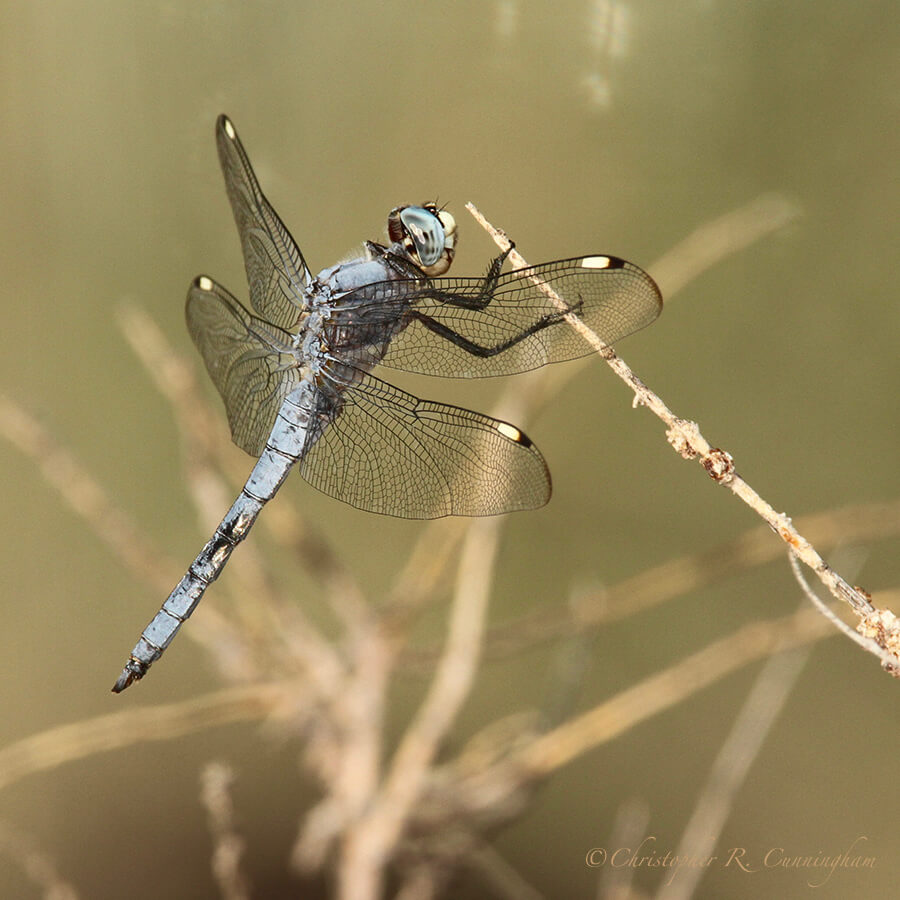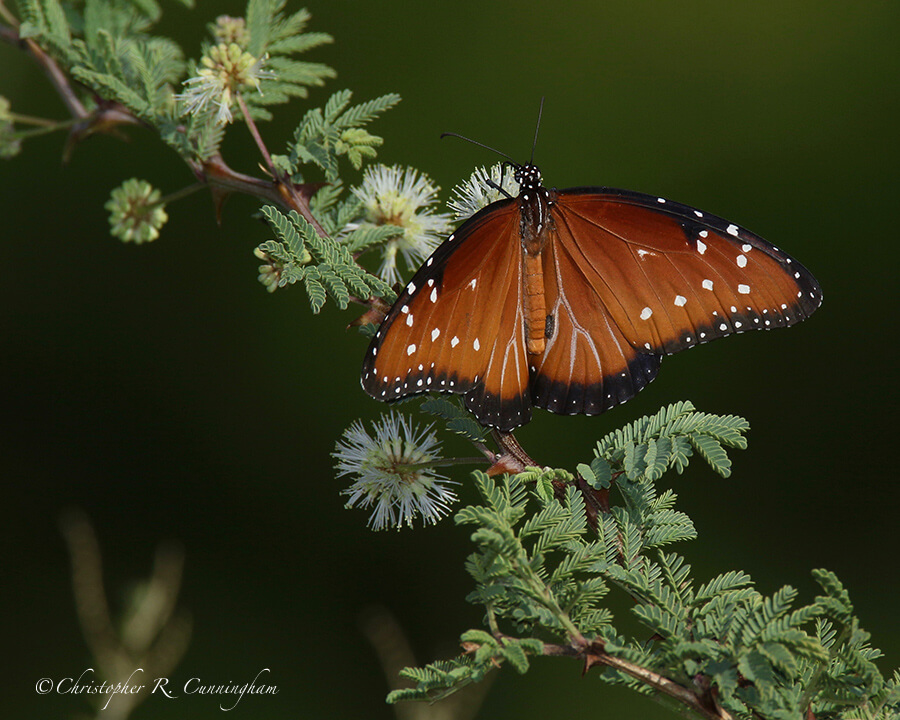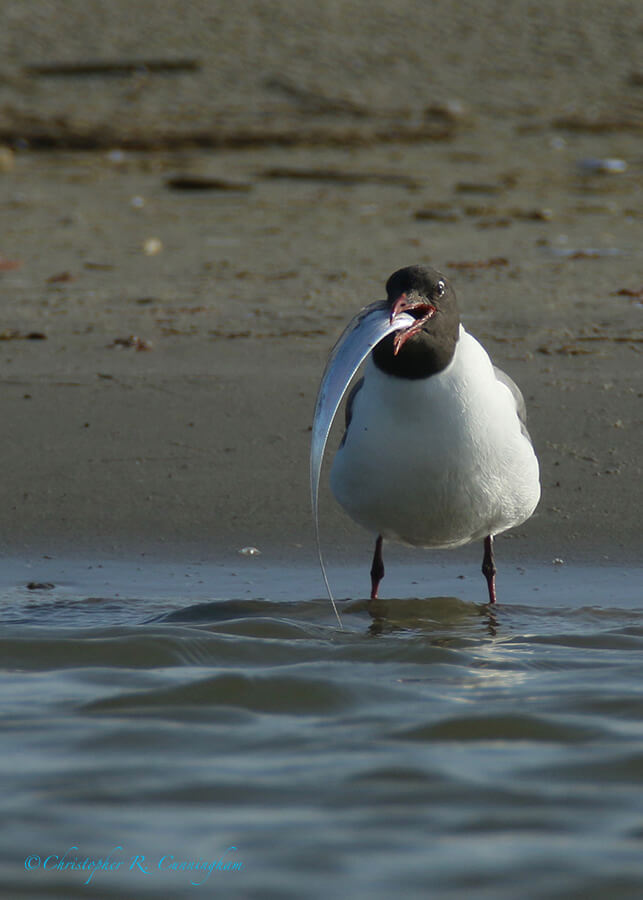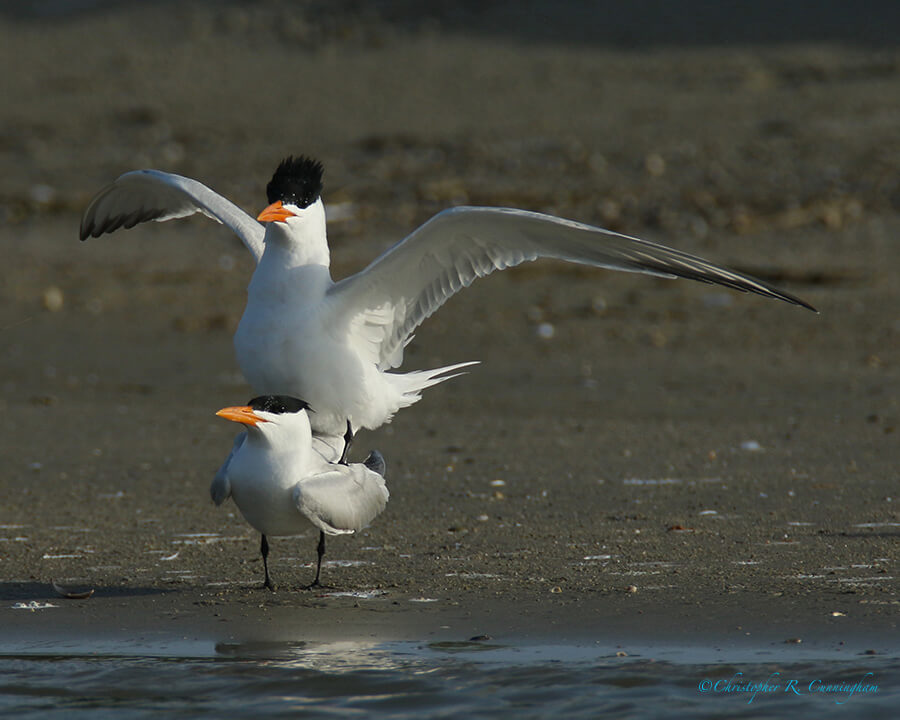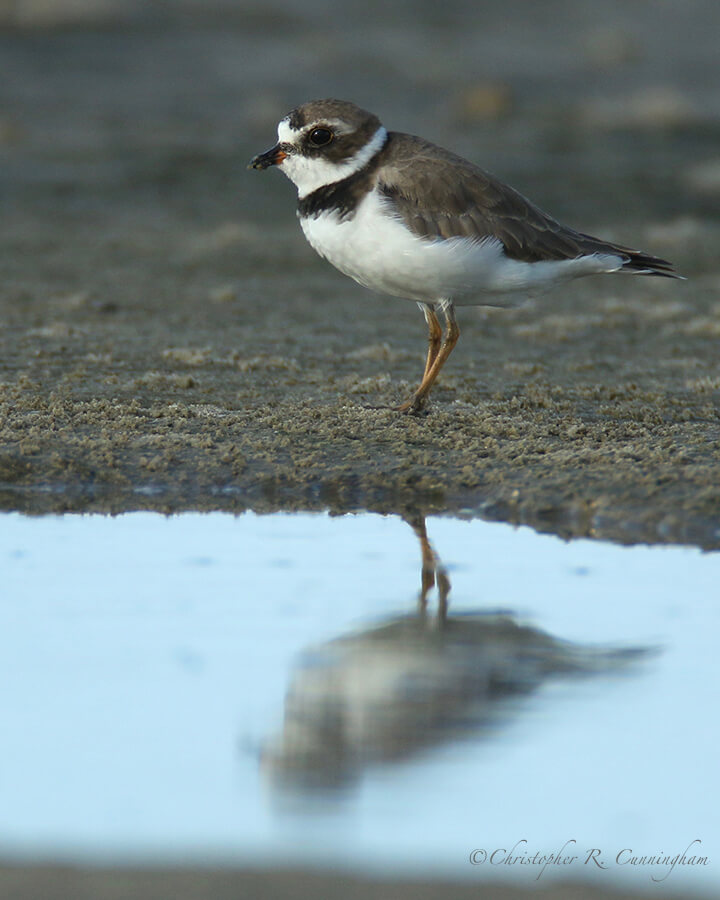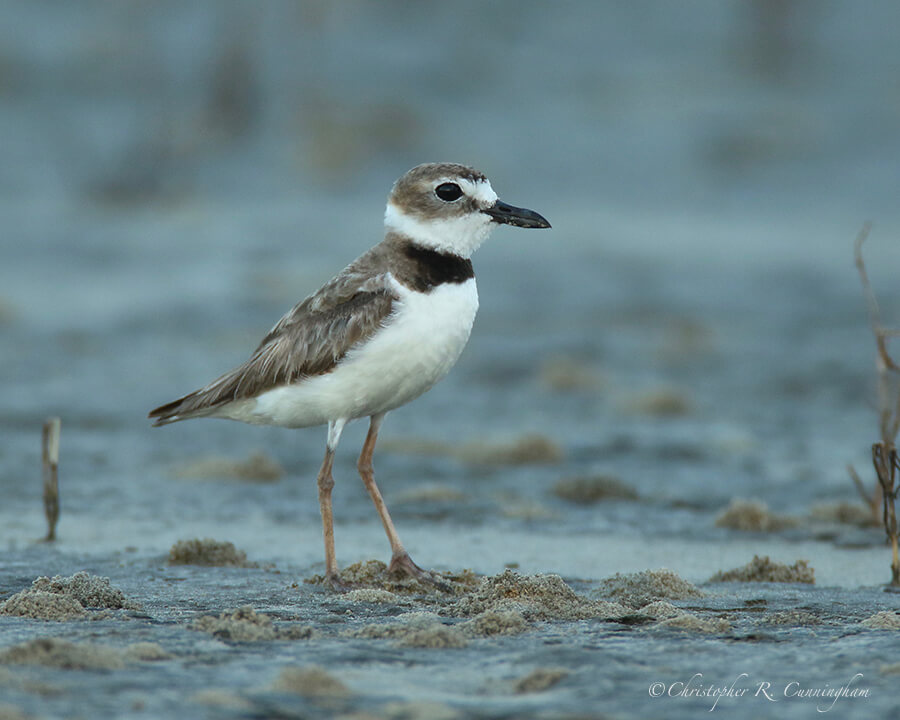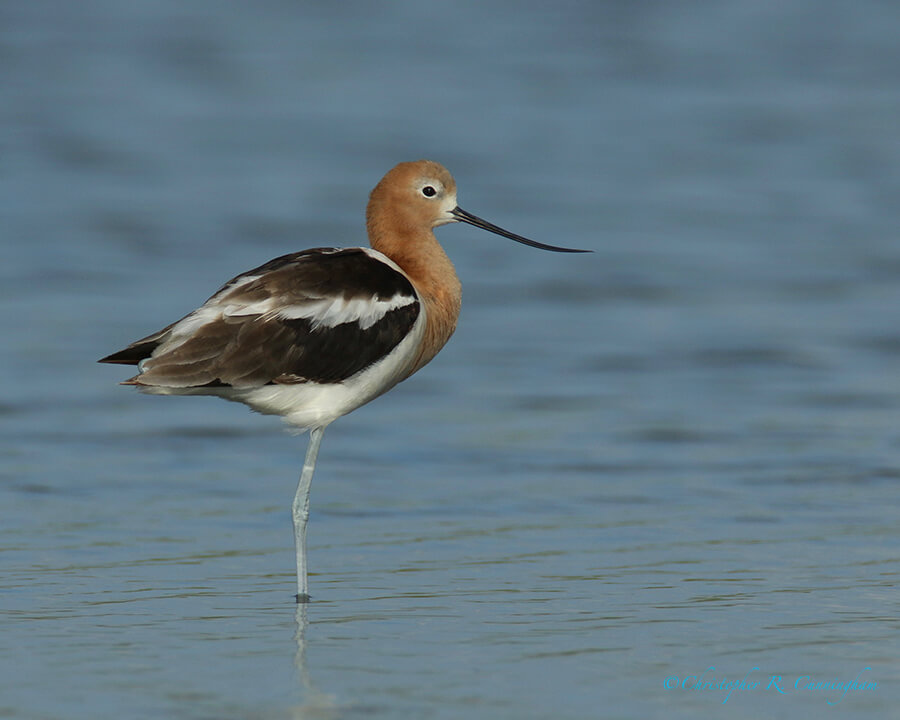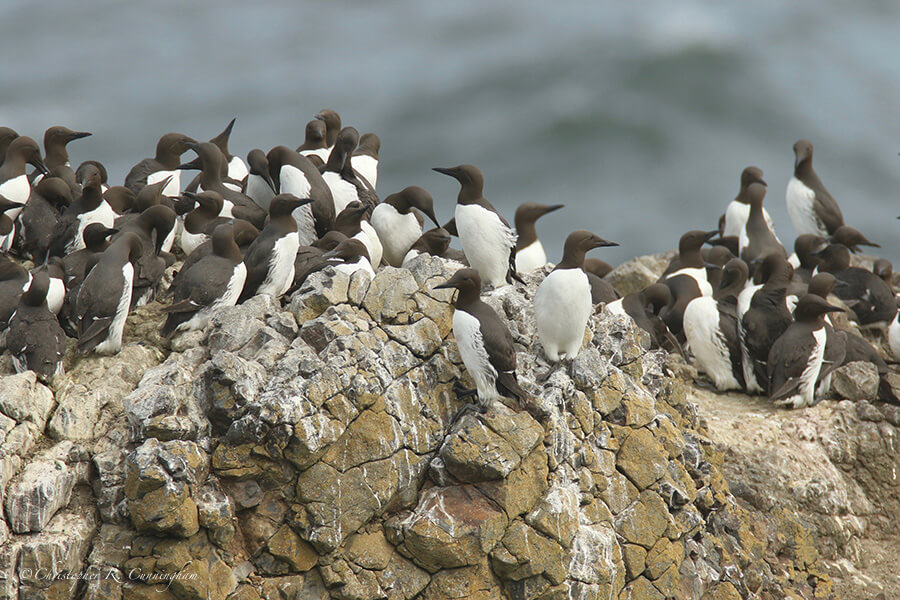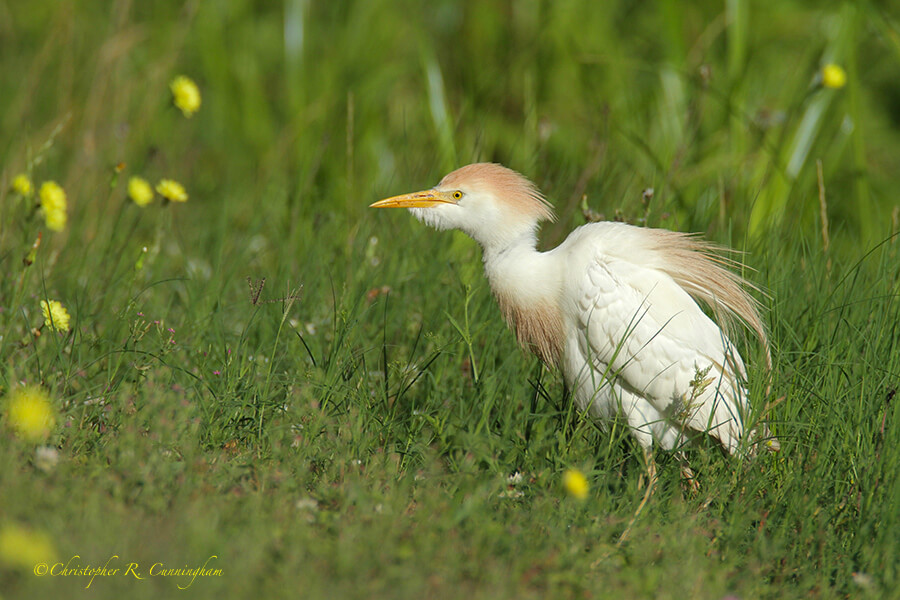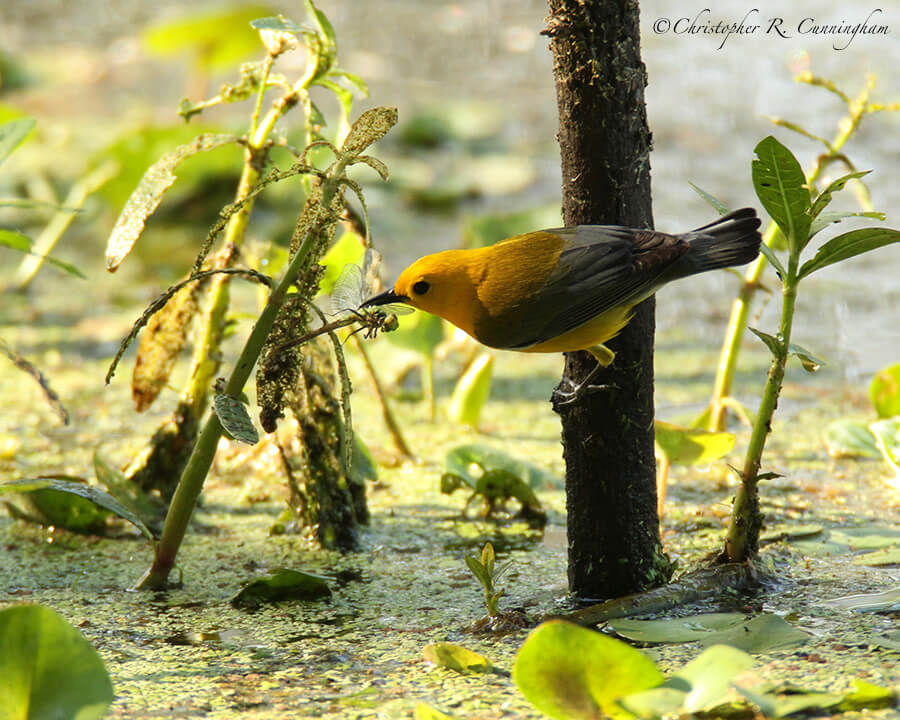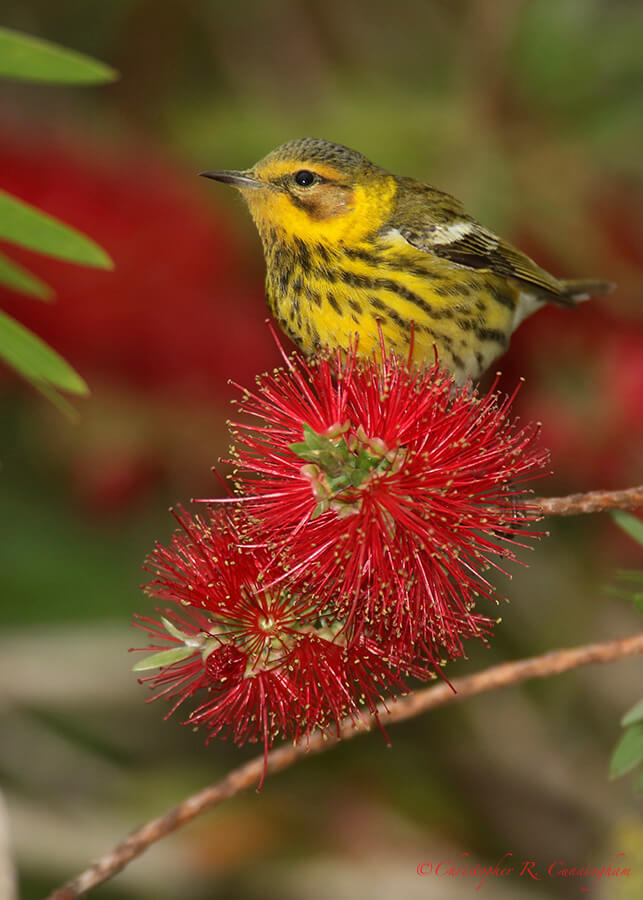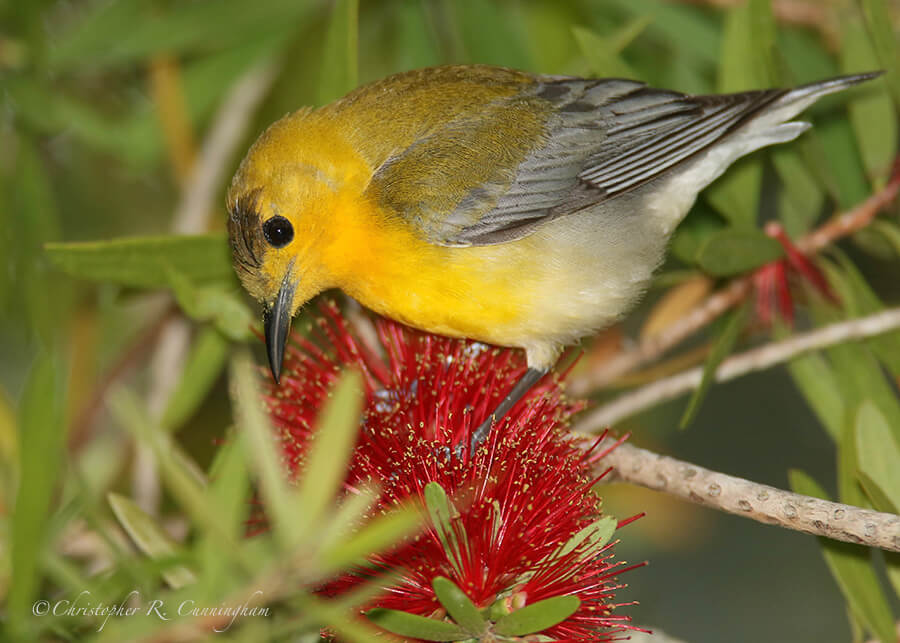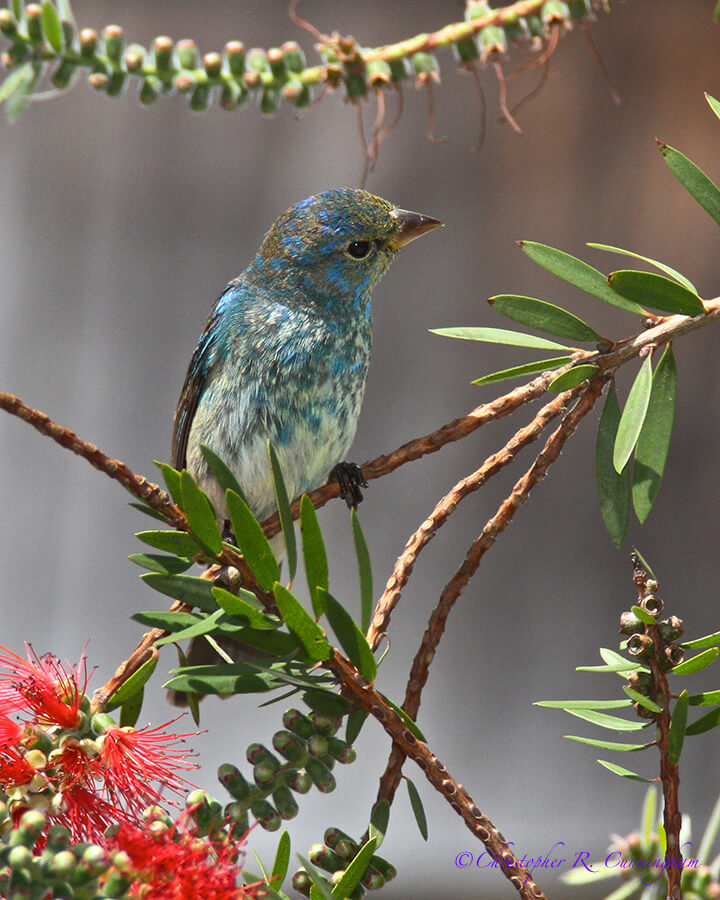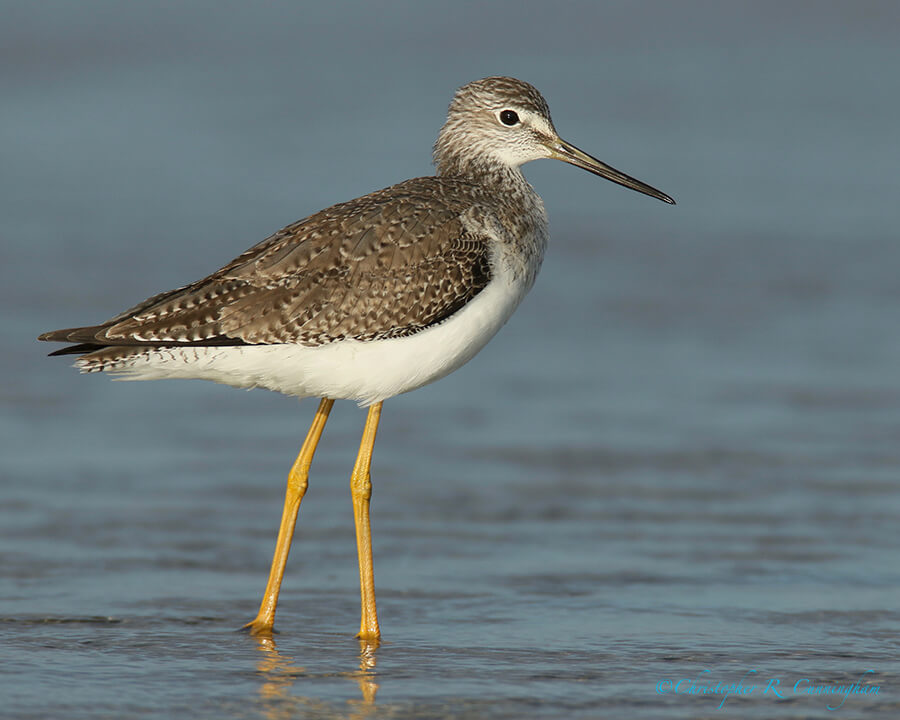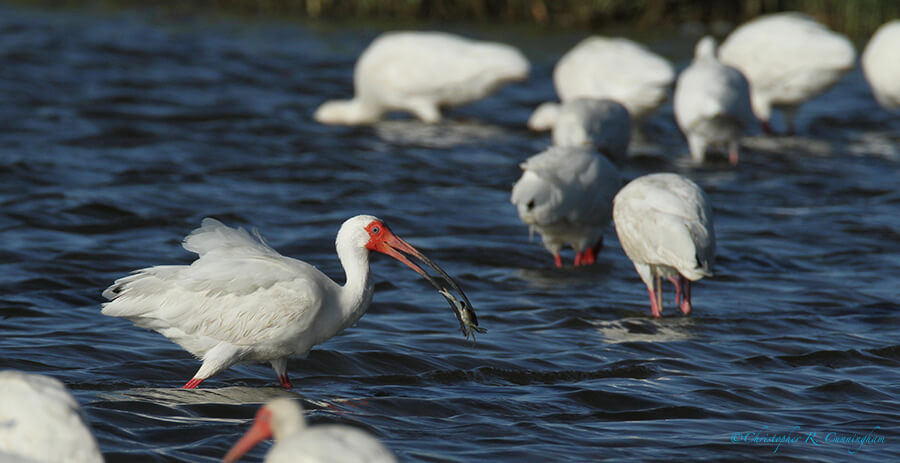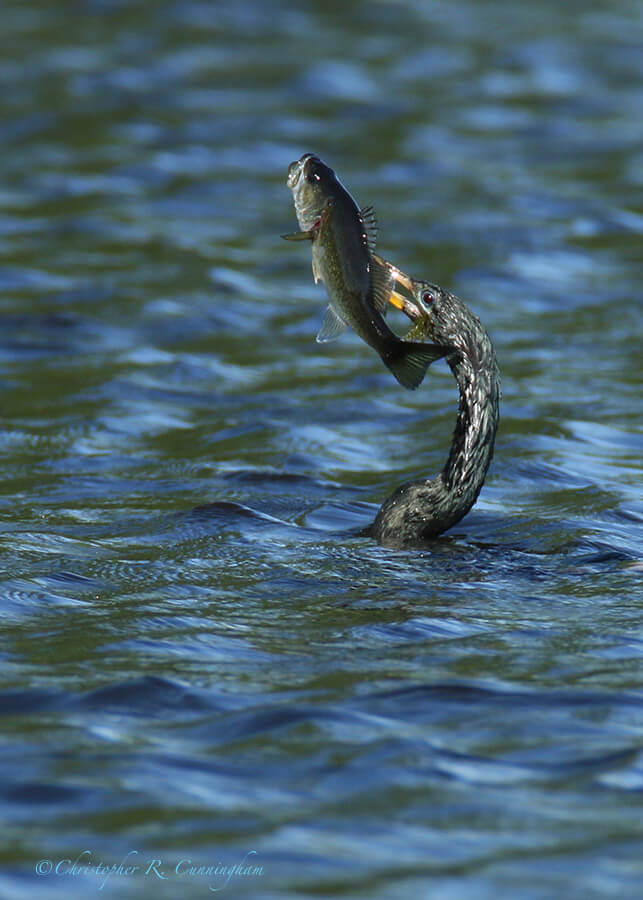Problem solving is hunting. It is savage pleasure and we are born to it. –Thomas Harris
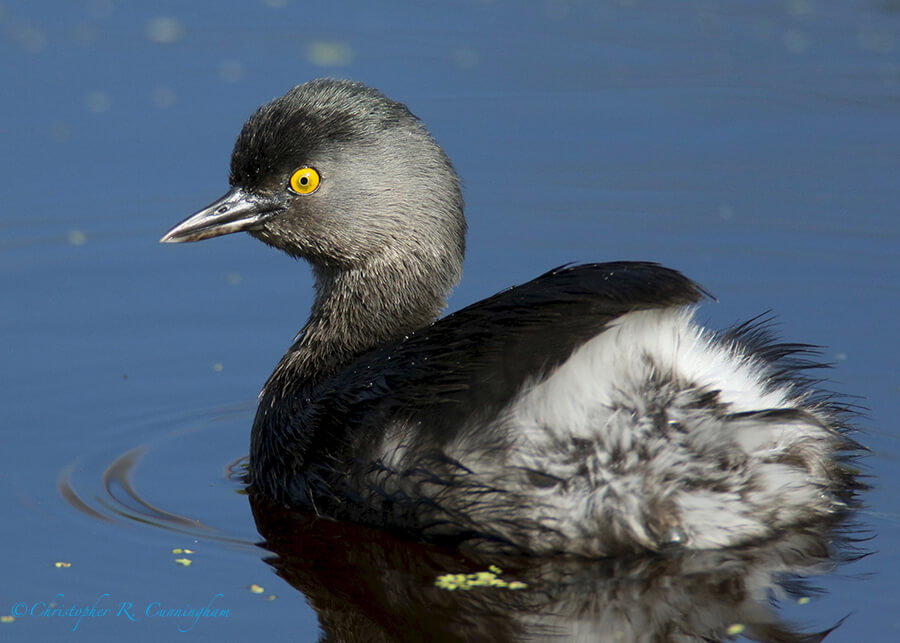
Birding the Coastal Bend in Late Fall: Part 1
This Thanksgiving holiday we took the opportunity to photo-bird a few of our favorite spots along the Coastal Bend. Our first stop was Paradise Pond in Port Aransas on Mustang Island, Texas. Sitting on a perched water table, Paradise Pond is the only open source of fresh water in the area—thus making it a mecca for birds and birders. To our delight, a single Least Grebe was patrolling the pond.
Least Grebes typically feed on aquatic insects and insect larvae and also consume small fish, tadpoles, and crawfish. This grebe, though, was occasionally doing battle with large Anax junius dragonflies. Strangely, the bird would emerge from underwater out toward the middle of the pond with struggling dragonflies in its beak. At first, brain-storming in the field, we wondered if the bird was: 1) finding moribund dragonflies on the bottom and bringing them up, 2) capturing insects as they emerged from metamorphosis underwater, 3) capturing the insects as they laid eggs at the surface somewhere and then swimming underwater, 4) grabbing insects in flight and then dragging them under to drown them, or 5) grabbing dragonflies from emergent vegetation and then submarining away. During most of the time we observed, the grebe was in a high state of vigilance, and appeared to be tracking dragonflies as they zipped around.
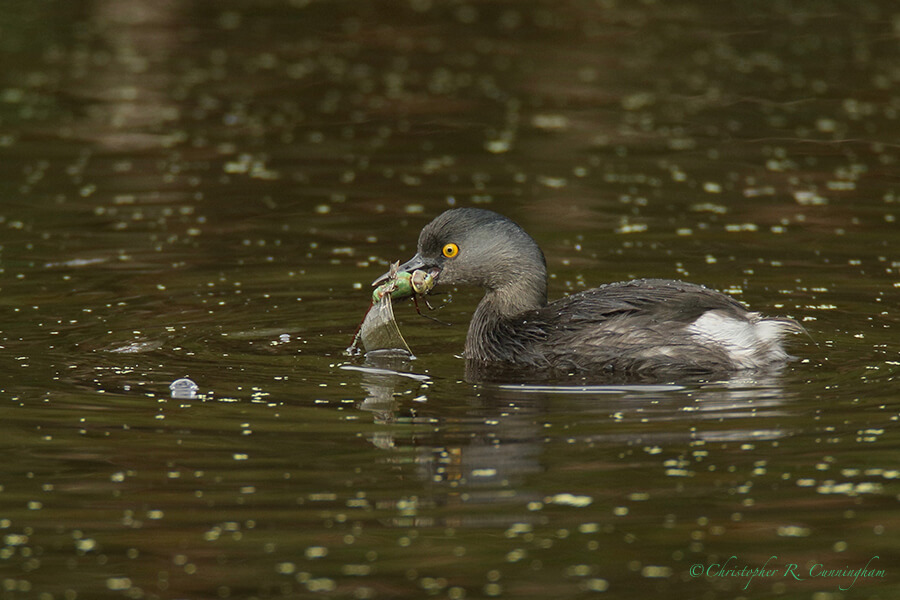
As a sidebar, Chris encountered a bit of a photographic challenge during our study of the Least Grebe. The recent removal of the Brazilian Pepper trees to the west of the pond meant that the water in the pond had three distinct regions. Along the eastern edge of the pond, the water was shaded by vegetation and appeared dark green (images immediately above and below). The middle of the pond appeared a brilliant blue (top image), and the western part of the pond had strong glare and appeared striped gold and blue (bottom image). Images from the latter tended to look washed out. As the grebe patrolled looking for dragonflies, it crossed into the three types of water, thus requiring constant chimping to keep exposure correct.
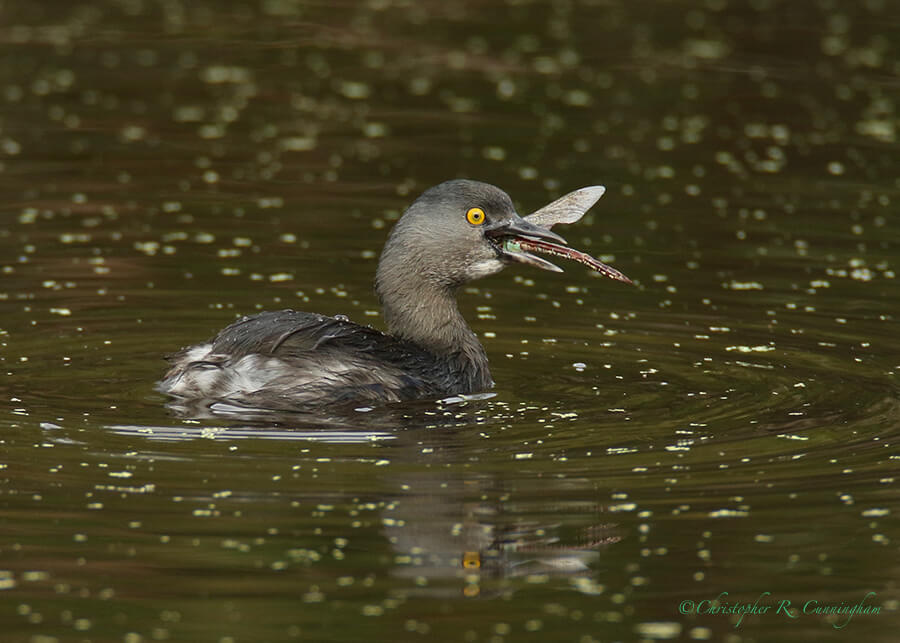
After several hours of observation, Elisa finally saw the bird picking dragonflies and damselflies from emergent vegetation after approaching from underwater—one question answered! Soon after that, Chris and Elisa both saw a spectacular hunting display: a pair of autumn meadowhawk dragonflies was flying in tandem across the surface of the pond when the Grebe erupted from under the water, lunged toward the insects, and took a snap at them! So we did learn that Least Grebes will attempt to snatch dragonflies from mid-air.
After our return home, we spent Sunday morning binocular birding at Brazos Bend State Park (BBSP). There, we spoke with naturalist and friend R.D. who told us that he had seen a Least Grebe grab a dragonfly from the air at BBSP (Pilant Slough). The insect later escaped, but now we know: Least Grebes employ a variety of tactics to capture dragonflies.
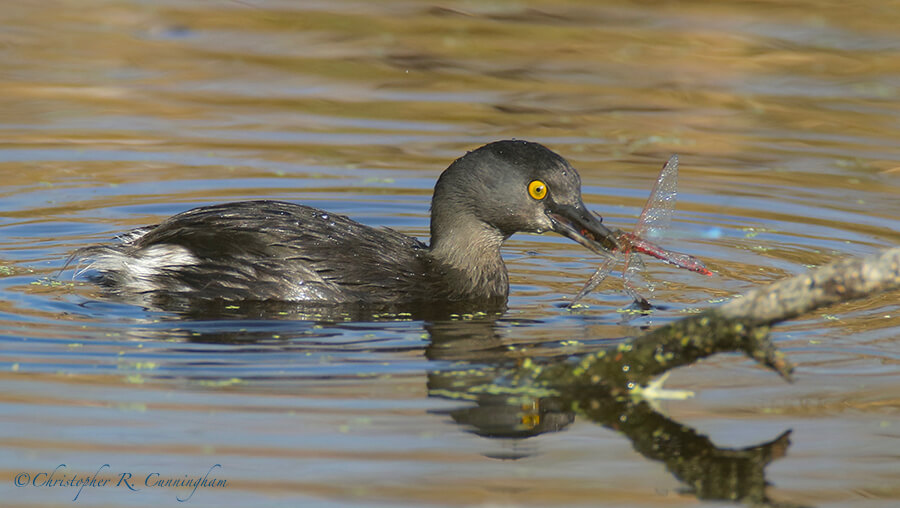
©2016 Christopher R. Cunningham and Elisa D. Lewis. All rights reserved. No text or images may be duplicated or distributed without permission.
